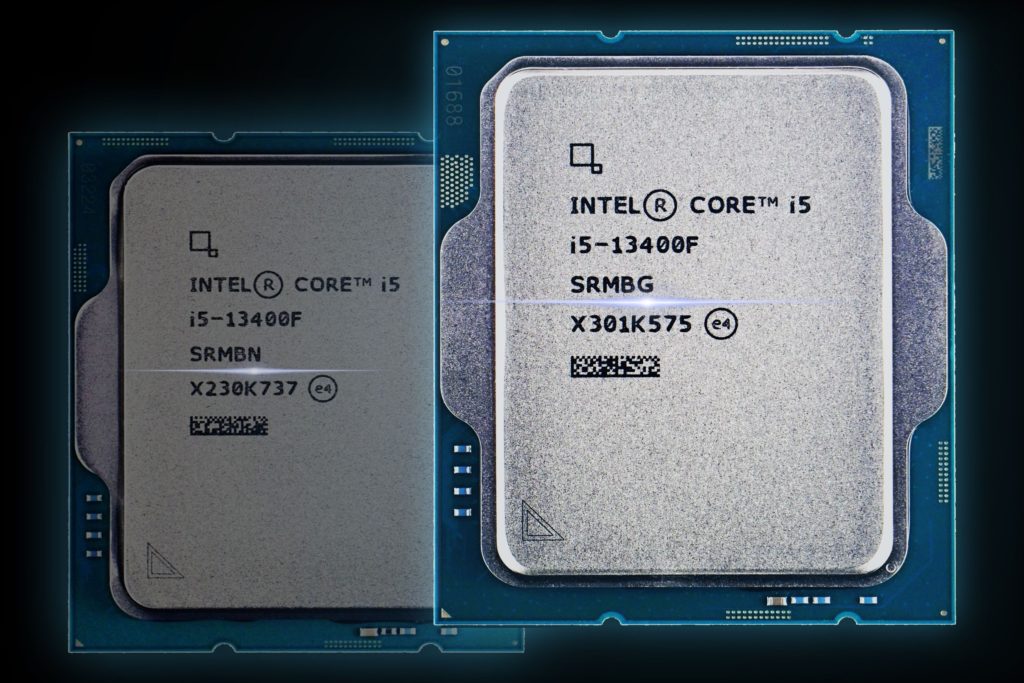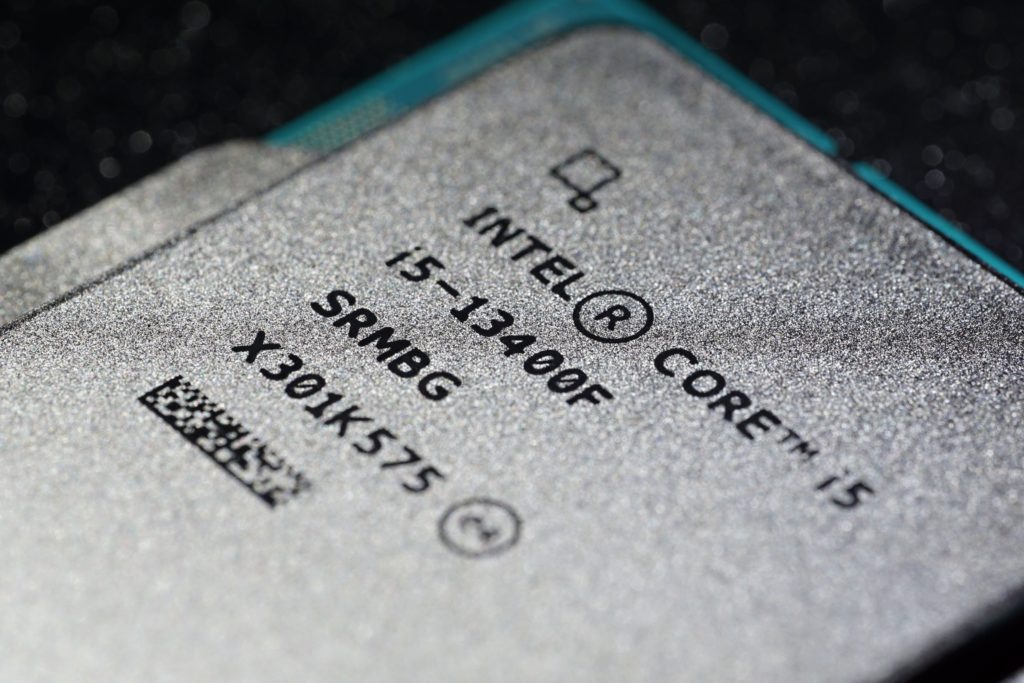Different Ci5-13400Fs in different games
The third and final Intel Core i5-13400F CPU test with measurements beyond standard will add to what the previous two have shown. We ran the two existing steppings – B0 (with Raptor Cove/Raptor Lake P cores) and C0 (Golden Cove/Alder Lake) – through all the games we use to test processors, in four different display setups. In the case of stepping B0 even with modified CPU settings, with E cores disabled.
The results of this article follow up on game tests, of which we have only had a few. From testing ten games at 720p, 1080p, 1440p and 2160p, it’s possible to draw more objective conclusions. Whether it’s the difference in game performance due to different stepping (B0/C0) or the (de)activation of the four “efficient” Gracemont cores.
“True” Raptor Lake is faster…
On average, stepping B0 achieves 2–5% higher gaming performance than stepping C0, but this comes at the price of slightly lower efficiency. The power draw of the B0 variant can be higher possibly by up to 14% (i.e. approx. 7 W).Of the games tested, the biggest speed difference in favour of stepping B0 is in CS:GO – up to 25% (1080p@high), in DOOM Eternal – up to 11%.
There is also a bigger difference (up to 10%) in the minimum fps in F1 2020, which have smaller drops with stepping B0. In most games, such as Assassin’s Creed: Valhalla, Borderlands 3, Cyberpunk 2077, MS Flight Simulator or Shadow of the Tomb Raider, however, the difference is always less than 5% (and often only around 2%). But heads up, sometimes stepping C0 has the upper hand. Albeit always only symbolically, but we’ve nevertheless measured repeatedly higher fps in Assassin’s Creed: Valhalla or Total War Saga: Troy and from the perspective of minimal fps, in v Metro Exodus as well.
The difference in efficiency is at 2% in favour of stepping C0. The latter is slightly slower on average across all games tested, but also draws less power. And the lower power draw (compared to gaming performance) is the winner here.
… and little (E) cores don’t help much
But perhaps the most interesting thing is that the Core i5-13400F’s highest gaming performance can be achieved with the E cores disabled (i.e. with only 6 P cores). Of course, this is not always the case and cannot be generalized, but in any case the results show that at lower CPU load (at higher resolutions 1440p and 2160p) the processor score is already a bit higher on average in the configuration without E cores. They don’t reduce game performance though, and on the contrary, in games that can use part of the tasks assigned to E cores in addition to 6 P cores, running with them is faster. However, this occurs at lower resolutions (with higher CPU load) and on average it’s up to 3%.
In F1 2020, where E cores have virtually no impact on fps, power draw is significantly higher with them, by 14%. The percentage increase in power draw (+7%) over game performance (+2%) is also higher in Shadow of the Tomb Raider.But then again, in Total War Saga: Troy, power draw is 7% lower with E cores at comparable speed (~201 fps). It’s individual, but mostly, on average, E cores in games mean lower efficiency. This is also indicated by the gaming performance per unit of power draw ratio. This is 4% higher after disabling the E cores, when the processor has only 6 P cores available.
English translation and edit by Jozef Dudáš
- Contents
- Different Ci5-13400Fs in different games
- Assassin’s Creed: Valhalla
- Borderlands 3
- Counter-Strike: GO
- Cyberpunk 2077
- DOOM Eternal
- F1 2020
- Metro Exodus
- Microsoft Flight Simulator
- Shadow of the Tomb Raider
- Total War Saga: Troy
- Overall gaming performance
- Gaming performance per euro
- Power draw...
- ...and gaming performance per watt











